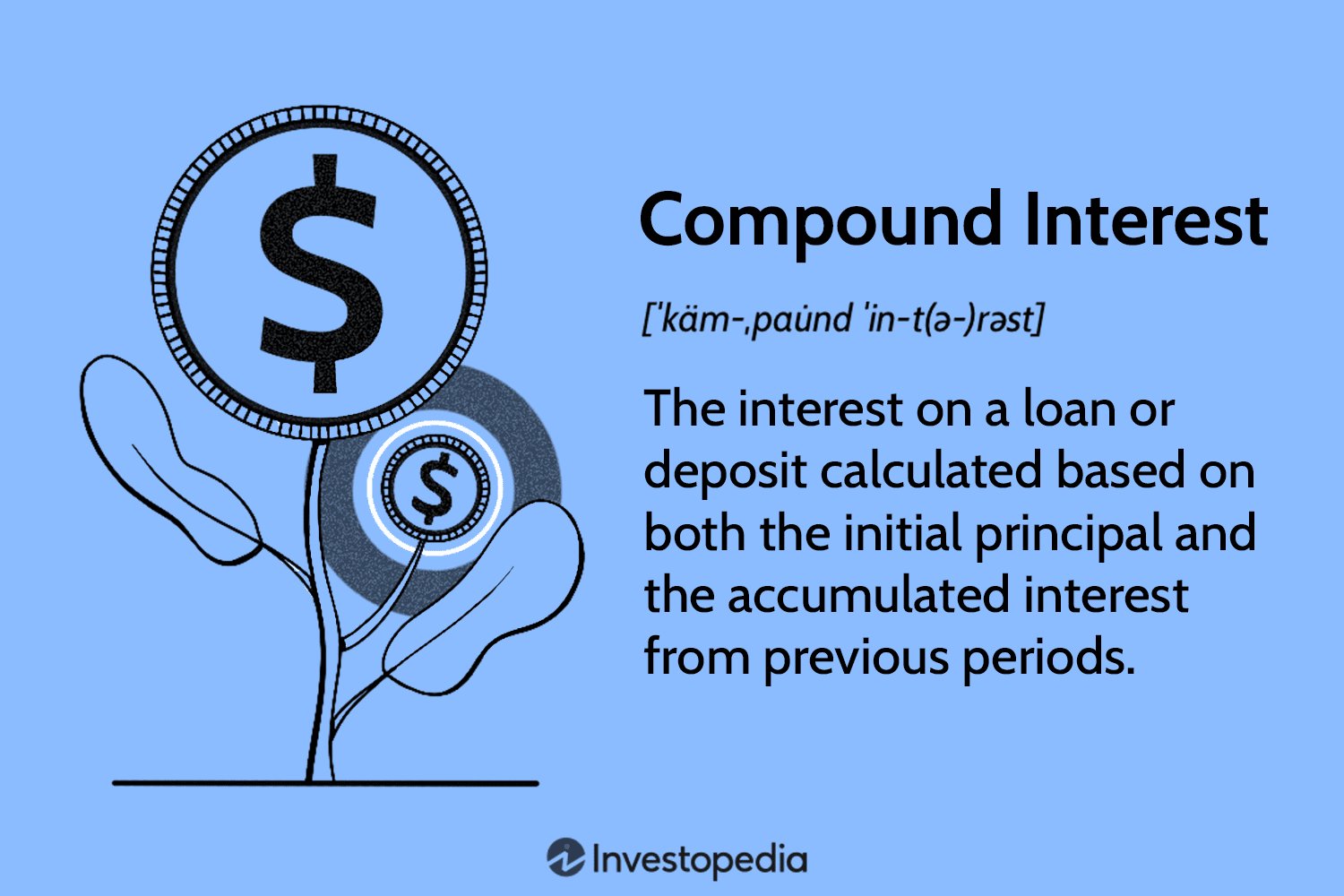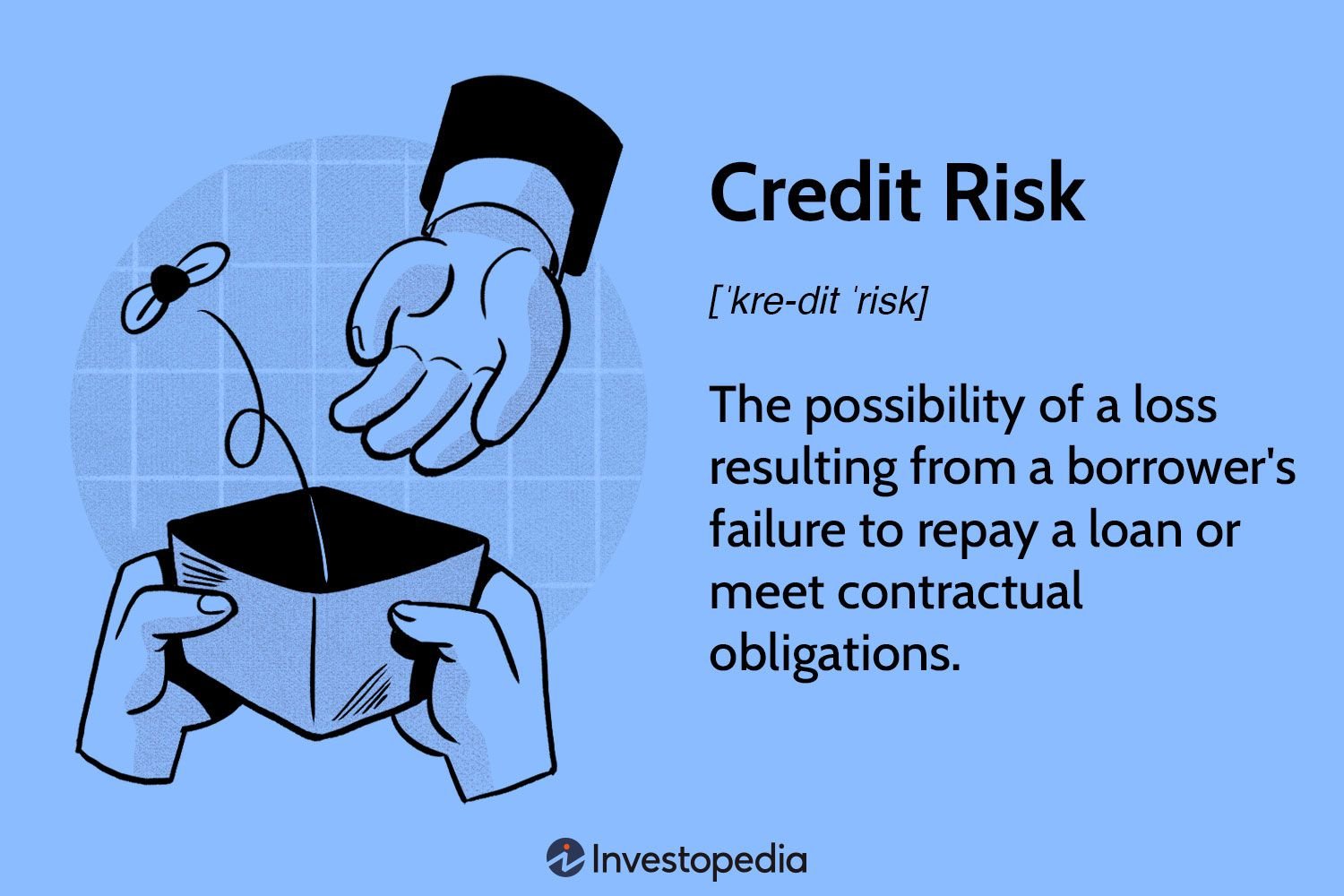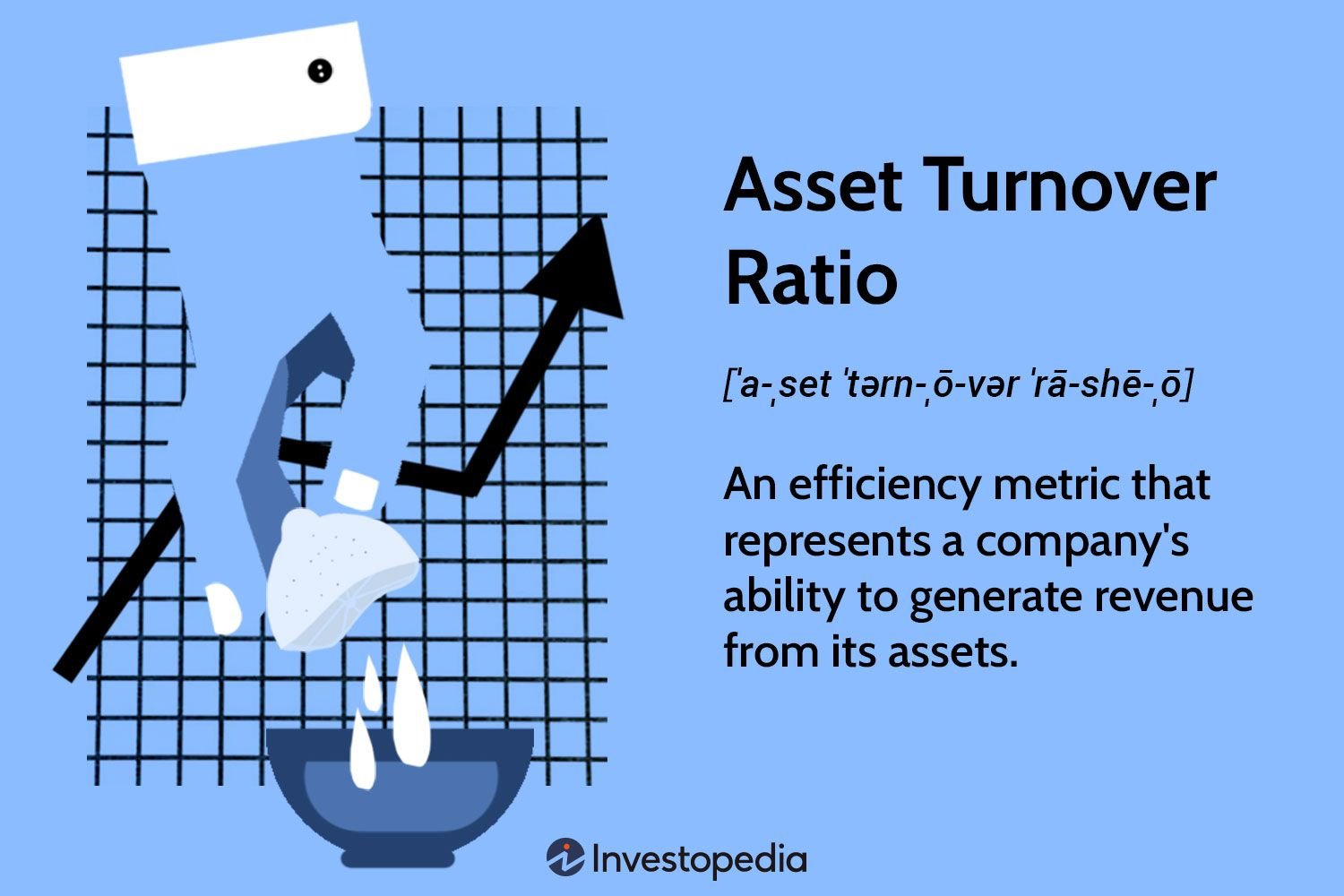Compound interest is a fundamental concept in the world of finance. It may sound complex, but fear not! Understanding the concept of compound interest is actually quite simple. So, what is compound interest? Put simply, it is the interest that is calculated on both the initial amount of money and any accumulated interest. In other words, it’s interest on interest. But why is this important? Well, compound interest has the power to significantly boost your savings and investments over time. Let’s delve deeper into this fascinating concept and see how it can work in your favor.
Understanding the Concept of Compound Interest
Compound interest is a fundamental concept in the world of finance that plays a crucial role in growing your investments or accumulating debt over time. Simply put, compound interest refers to the interest earned or charged on an initial investment or debt, plus any accumulated interest from previous periods. It is often referred to as “interest on interest,” as the interest earned in each period is added to the principal amount, resulting in a compounding effect.
In this comprehensive guide, we will delve into the intricacies of compound interest, exploring its calculations, applications, advantages, and potential drawbacks. Whether you’re a seasoned investor or just starting your financial journey, understanding compound interest is essential for making informed decisions and maximizing your financial potential.
The Basics of Compound Interest
To grasp compound interest fully, it’s essential to understand its key components and how they interact. There are three key factors at play:
1. Principal Amount: The initial sum of money invested or borrowed.
2. Interest Rate: The percentage rate at which interest is either earned or charged.
3. Time Period: The length of time over which the interest accumulates.
At its core, compound interest is all about time. The longer the investment or debt is held, the more significant the impact of compound interest becomes. This can work to your advantage when investing and against you when accumulating debt.
Compound interest calculations are based on compounding periods, which can be annually, semi-annually, quarterly, monthly, or even daily. The more frequently the interest is compounded, the faster the growth or accumulation.
Calculating Compound Interest
The formula to calculate compound interest is:
A = P(1 + r/n)^(n*t)
Where:
A = the future value of the investment/debt including interest
P = the principal amount
r = the annual interest rate (as a decimal)
n = the number of compounding periods per year
t = the number of years the money is invested or the debt accumulates
Let’s break down the formula with an example to illustrate its practical application:
Suppose you invest $1,000 at an annual interest rate of 5% compounded annually for 5 years. Plugging the values into the formula:
A = 1000(1 + 0.05/1)^(1*5)
A = 1000(1 + 0.05)^(5)
A = 1000(1.05)^5
A ≈ 1000(1.27628)
A ≈ $1,276.28
In this scenario, your initial investment of $1,000 would grow to approximately $1,276.28 at the end of the 5-year period. The additional $276.28 represents the interest earned on the principal amount.
Applications of Compound Interest
Compound interest has applications in various areas of personal finance, including investments, loans, savings, and retirement planning. Let’s explore some of these applications in more detail.
Investments
Compound interest serves as a powerful tool for growing investments over time. By reinvesting the interest earned, your initial investment can multiply exponentially. Here are a few investment options where compound interest comes into play:
1. Savings Accounts: Many banks offer savings accounts that accrue compound interest, allowing your money to grow slowly but steadily.
2. Certificates of Deposit (CDs): CDs are time-bound deposits that offer higher interest rates. The interest earned is compounded and added to the principal until the maturity date, resulting in higher returns.
3. Stock Market: Investing in stocks, bonds, or mutual funds can yield compound growth. As your investments generate returns, reinvesting those returns allows for exponential growth.
Loans and Debt
While compound interest can work in your favor when investing, it can also be a burden when it comes to loans and debt. The longer it takes to repay a loan, the more interest accrues, increasing the overall cost. Here are a few examples of loans where compound interest is a critical factor:
1. Mortgages: Mortgages often span several decades, with compound interest adding up over time. A higher interest rate or a longer loan term can significantly increase the total amount repaid.
2. Credit Card Debt: Unpaid credit card balances attract compound interest, making it essential to pay off the full amount or as much as possible each month to avoid excessive interest charges.
3. Student Loans: With extended repayment periods, student loans accumulate compound interest, potentially doubling or tripling the initial borrowed amount.
Savings and Retirement Planning
Compound interest plays a vital role in long-term savings and retirement planning. By starting early and contributing regularly, you can harness the power of compound interest to build a substantial nest egg. Here are a few savings and retirement accounts where compound interest works in your favor:
1. Individual Retirement Accounts (IRAs): IRAs offer tax advantages and allow your savings to grow tax-free. Compound interest plays a significant role in the compounding growth of your retirement savings.
2. 401(k) Plans: These employer-sponsored retirement plans often involve compound interest as your contributions and employer matches accumulate and grow over time.
3. Compound Interest Savings Accounts: High-yield savings accounts offer compound interest on your deposited funds, making them an attractive option for building an emergency fund or saving for short-term goals.
Advantages of Compound Interest
Understanding the advantages of compound interest can motivate individuals to start investing early and take advantage of compounding growth. Here are some notable benefits:
1. Accelerated Growth: Compound interest allows your investments to grow at an accelerated rate, thanks to the compounding effect over time.
2. Passive Income: By reinvesting the interest earned, you can create a passive income stream that can supplement your regular income or support your retirement goals.
3. Wealth Accumulation: Compound interest provides a pathway to wealth accumulation by multiplying your initial investment and generating significant returns in the long run.
Potential Drawbacks and Considerations
While compound interest can be a powerful tool, it’s crucial to be aware of potential drawbacks and factors to consider:
1. Debt Accumulation: Compound interest can work against you when accumulating debt, leading to a higher overall cost if not managed properly.
2. Inflation: The impact of inflation can erode the value of interest earned, especially if the interest rate is lower than the inflation rate.
3. Risk and Market Volatility: Compound interest assumes a stable and consistent rate of return, which may not always be the case in investment markets. Market volatility and investment risk can affect the actual returns.
In conclusion, understanding the concept of compound interest is vital for anyone seeking financial growth and stability. Whether you’re saving for retirement, investing in the stock market, or managing debt, compound interest can significantly impact the outcome. By harnessing the power of compound interest and making informed financial decisions, you can set yourself on a path towards financial success and achieve your long-term goals.
Compound Interest Explained in One Minute
Frequently Asked Questions
Frequently Asked Questions (FAQs)
What is compound interest?
Compound interest is the additional interest earned on both the initial amount of money (the principal) and any previously earned interest. It is calculated based on the principal amount, the interest rate, and the compounding period.
How does compound interest differ from simple interest?
Compound interest differs from simple interest because it takes into account the accumulated interest over time and adds it to the principal, resulting in higher overall returns. Simple interest, on the other hand, is calculated only on the initial principal amount.
What is the formula for calculating compound interest?
The formula for calculating compound interest is A = P(1 + r/n)^(nt), where A is the final amount, P is the principal, r is the interest rate, n is the number of compounding periods per year, and t is the number of years.
How frequently is compound interest compounded?
The frequency of compounding refers to how often the interest is added to the principal amount. It can vary depending on the financial institution and the type of investment. Common compounding periods include annually, semi-annually, quarterly, and monthly.
What is the impact of compounding frequency on compound interest?
The more frequently compound interest is compounded, the higher the overall returns. This is because compounding allows the interest to earn interest over time. Therefore, investments with a higher compounding frequency tend to generate greater returns.
What is the difference between nominal interest rate and annual percentage yield (APY)?
The nominal interest rate is the stated rate of interest without considering compounding. In contrast, the annual percentage yield (APY) takes into account compounding and provides a more accurate representation of the true return on investment.
Can compound interest work against you?
Yes, compound interest can work against you when you have borrowed money. In situations such as credit card debt or loans, the compound interest accumulates on the outstanding balance, leading to an increase in the total amount owed.
How can I take advantage of compound interest?
To take advantage of compound interest, it is beneficial to start saving or investing early. By allowing your money to accumulate over a longer period, you can maximize the benefits of compounding and potentially achieve greater financial growth.
What are some practical examples of compound interest?
Some practical examples of compound interest include long-term investments such as retirement accounts, savings accounts, and certain types of bonds or certificates of deposit (CDs). These investments allow your money to grow exponentially over time due to compounding.
Final Thoughts
Understanding the concept of compound interest is essential for financial literacy. Compound interest allows your money to grow exponentially over time, as the interest earned is reinvested and added to the principal. By harnessing the power of compounding, individuals can accumulate wealth and achieve their financial goals. It is important to note that compound interest can work both in your favor, when you are earning interest, and against you, when you have debt. By comprehending compound interest, you can make informed financial decisions and maximize the growth potential of your money.



